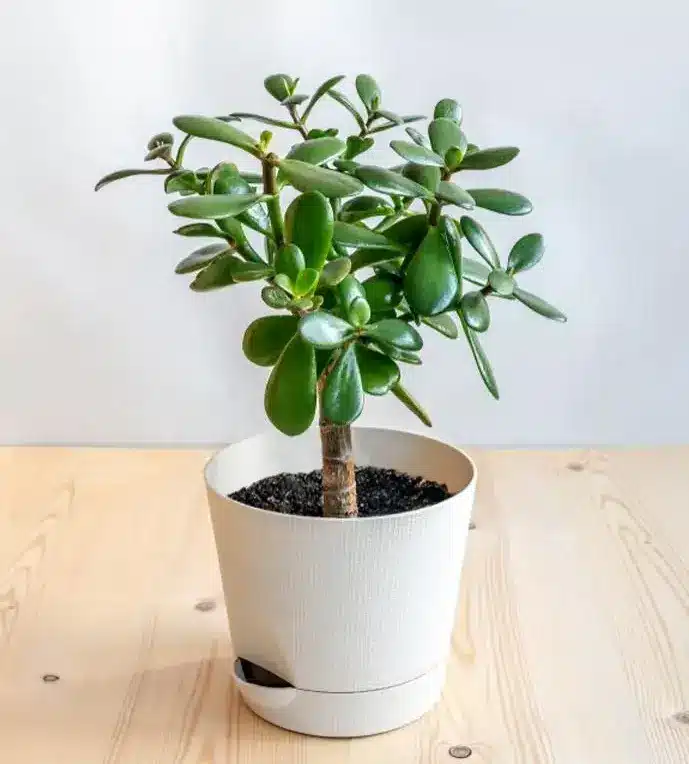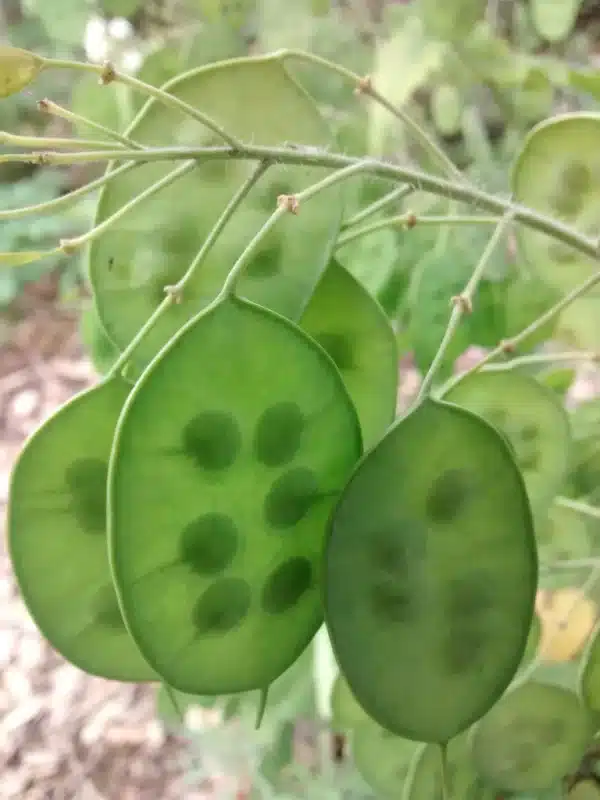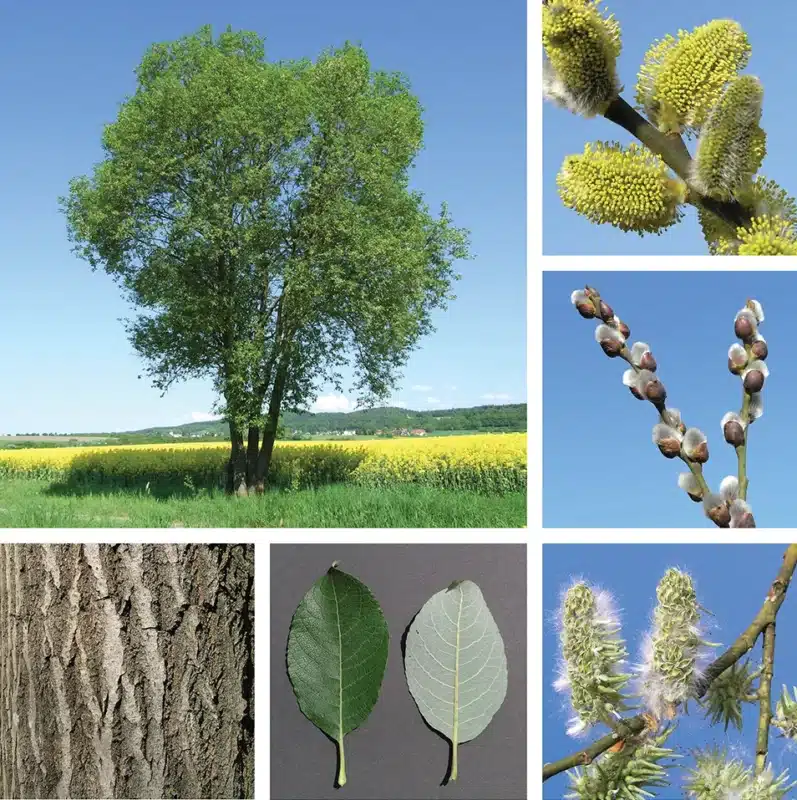Money plants are a popular category of indoor plants believed to bring good luck, prosperity, and wealth to their owners. They are also known as “Lucky plants” or “Fortune plants”.

There are various types of money plants found across the world that are considered auspicious by different cultures and communities. This article will explore some of the most popular types of money plants worldwide and understand why they are called “money plants.”
Different Types of Money Plant
Here is the complete guide about various money plants around the world. After the research, we found these plants which are popular and well-known plants for money and prosperity. so let’s start:
1. Devil’s Ivy or Pothos

The Devil’s Ivy (Epipremnum Aureum) is a popular houseplant in Southeast Asia, where it is believed to bring good luck, financial prosperity, and happiness.
The plant’s common name is derived from its ability to grow quickly and robustly, even in low-light conditions. It is also known as Pothos in some parts of the world.
The plant’s heart-shaped leaves are believed to resemble the shape of money, which is why it is called a “money plant.”
2. Crassula Ovata
The Jade plant (Jade plant or Friendship tree), also known as the Friendship tree, is a popular houseplant in China, where it is believed to bring prosperity, wealth, and good fortune.
It is also a popular gift to give during the Chinese New Year, as it is supposed to bring good luck to the recipient.
The plant’s thick, fleshy leaves are said to resemble coins, which is why it is considered a “money plant.”

Also read: Jade Plant Benefits: Small but Important Things to Observe
3. Chinese Money Plant

The Chinese money plant (Pilea peperomioides) is a popular indoor plant in China, where it is believed to bring good luck and financial prosperity.
The plant’s round, coin-shaped leaves are said to symbolize money and are believed to attract wealth to the owner.
The plant is native to China but has gained popularity worldwide due to its unique appearance and auspicious symbolism.
4. Silver Dollar Plant
The Silver dollar plant (Lunaria annua), also known as Honesty, is a biennial plant native to Europe that is believed to bring good luck and financial prosperity.
The plant’s round, silver-colored seed pods resemble coins, so it is considered a “money plant.” In some cultures, the plant’s seedpods are dried and used as decorations or currency in traditional folk medicine.

5. Pussy willow

The Pussy willow (Salix caprea), also known as the Goat willow, is a deciduous tree native to Europe and Asia believed to bring wealth and prosperity.
In Feng Shui, the tree symbolizes good luck and is often used to attract wealth and abundance.
The plant’s soft, furry buds resemble catkins, so it is called a “money plant.”
In conclusion, money plants are a popular category of indoor plants that are believed to bring good luck, prosperity, and wealth to their owners. They are called “money plants” because they resemble money or coins.
The different types of money plants mentioned above have gained popularity worldwide due to their unique appearance and auspicious symbolism in various cultures and communities. That’s why these lucky plants are used in indoor spaces (home or office).
Adding a money plant to your home or office can enhance the space’s aesthetic appeal and attract positive energy and financial abundance.
Q1: What is a money plant?
A money plant is a category of indoor plants that are believed to bring good luck, prosperity, and wealth to their owners. They are also known as “Lucky plants” or “Fortune plants.”
Q2: Why are they called money plants?
Money plants are called so because of their resemblance to money or coins. The leaves, seeds, or buds of some plants resemble coins, and thus they are considered auspicious symbols of wealth and financial prosperity.
Q3: Which countries believe in the good luck of money plants?
Money plants are believed to bring good luck and financial prosperity to many cultures and communities across the world. Some of the countries where money plants are considered auspicious include China, Southeast Asia, Europe, and Asia.
